On August 3 and 4, Hanoi and many northern provinces and cities were hot and humid, with some places experiencing particularly severe heat. The actual temperature measured during the day in many places reached 40 degrees Celsius, such as Hoa Binh station (Phu Tho) at 39.7 degrees Celsius; Lac Son station (Phu Tho) at 39.6 degrees Celsius; Lang and Son Tay stations (Hanoi) at 39.7 degrees Celsius and 39.5 degrees Celsius, respectively; Phu Ly station (Ninh Binh) at 39.3 degrees Celsius.
The Central region is also hot as fire, many places recorded temperatures from 38 to above 39 degrees Celsius such as Tuy Hoa station ( Dak Lak ) 39.3 degrees Celsius; Do Luong station (Nghe An) 38.6 degrees Celsius; Hoai Nhon station (Gia Lai) 38.8 degrees Celsius.
According to meteorological experts, due to the low level, the hot low pressure area in the West has developed, combined with the divergence field above, making the weather in the North today hot and humid.
In addition, a low pressure area appeared centered in the Hanoi area with very low pressure, causing the Northern Delta region to be "hot" so the temperature could reach 43-45 degrees Celsius. It feels very stuffy in the late afternoon and early evening.
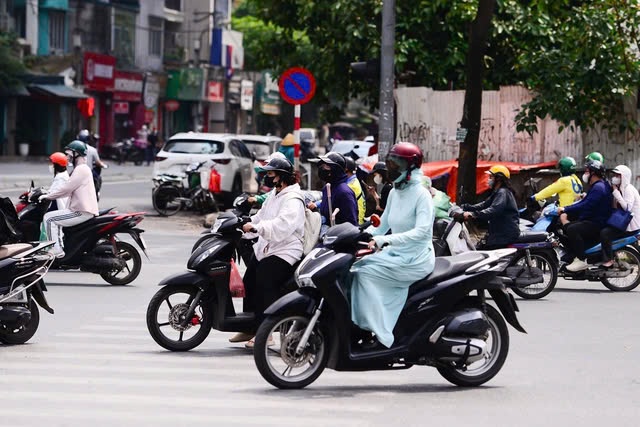
The most direct and important cause of this heat wave was determined by the Northern Hydrometeorological Station to be the influence of the southeastern edge of the western low pressure area. The western low pressure area is a typical weather pattern that causes severe and dry heat waves in Vietnam, especially in the North and Central regions in the summer.
This is a low air pressure area that usually forms in the western and southwestern regions of China, Myanmar, India, Thailand, and Laos. Due to its low-pressure nature, the air in this area is thinner, making it easily heated by solar radiation. In the summer, this low-pressure area develops strongly and expands its influence to the east and southeast, crossing the Truong Son mountain range and directly affecting Vietnam. When the southeastern edge of this low-pressure area covers an area, it will cause typical weather phenomena with high temperatures, foehn wind effect (Lao wind) and low humidity.
When this low pressure area develops strongly and expands to the Southeast, it will affect Vietnam, it acts as a giant "pump", continuously pushing dry and hot air masses from the West to the Northern Delta region, including Hanoi. This air flow has the characteristics of being dry and hot, causing the surface temperature to increase rapidly.
At the same time, the existence of the divergent field above creates an invisible "heat dome". This phenomenon causes the air to be compressed, heated, and at the same time prevents the formation of clouds. Therefore, the sky on these days is often clear, the sun is shining brightly, and the feeling of heat increases.
High-altitude divergence is a phenomenon in which air in the upper layers of the atmosphere is "scattered" to the sides. This allows air in lower layers to sink (called a phenomenon of decompression). As air is compressed and sinks, it heats up and dries out. This process creates an invisible "heat dome" that both directly increases the temperature and prevents cloud formation, making the sky clearer and more sunny.
Experts predict that the heat wave in the North will last until August 4. There will be thunderstorms in the mountainous and midland areas of the North on the evening of August 4. The North will then cool down. The North Central region will also be hot and dry due to the hot and dry Lao wind blowing from the Truong Son mountain range in the southwest direction. The heat wave in the North Central and Central regions may last for many days.
In addition to the above meteorological factors, the urban environment also contributes to making the feeling of heat more pronounced with the "urban heat island" effect. The urban heat island effect is a phenomenon where air and surface temperatures in urban areas are significantly higher than those in surrounding rural or suburban areas.
The meteorological agency specifically noted that the actual outdoor temperature can differ from 2-4 degrees Celsius compared to the forecast temperature, or even higher, depending on the conditions of the surface such as concrete and asphalt.
Common urban construction materials such as concrete, asphalt and other dark surfaces have a high ability to absorb and retain heat from solar radiation. This heat is then slowly released into the air, especially at night, preventing urban temperatures from dropping as quickly as in rural areas.
Source: https://cand.com.vn/Xa-hoi/vi-sao-nang-nong-bao-trum-nhieu-tinh-thanh-mien-bac--i776998/







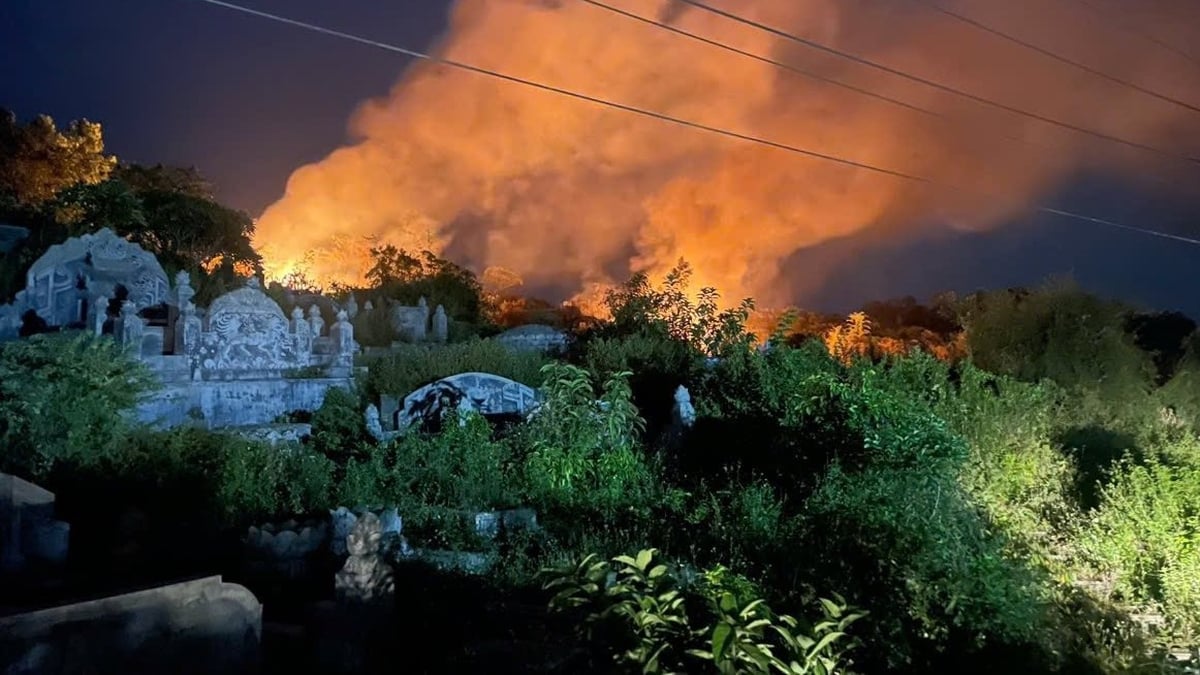


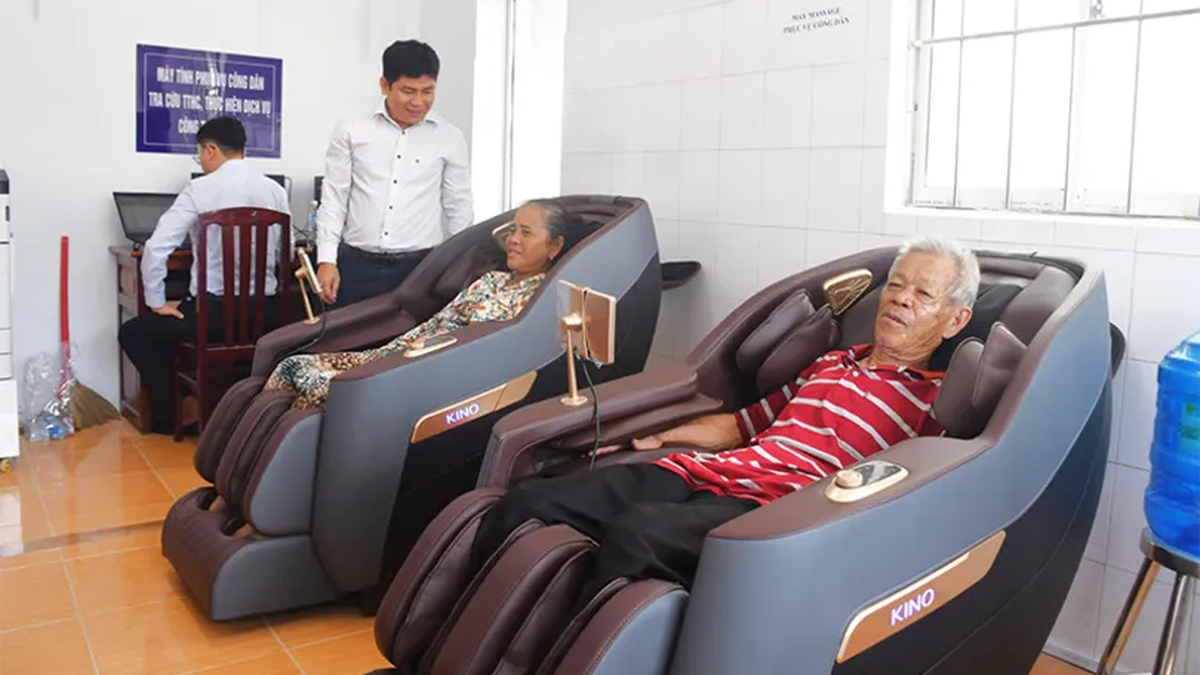












































![[Maritime News] Two Evergreen ships in a row: More than 50 containers fell into the sea](https://vphoto.vietnam.vn/thumb/402x226/vietnam/resource/IMAGE/2025/8/4/7c4aab5ced9d4b0e893092ffc2be8327)




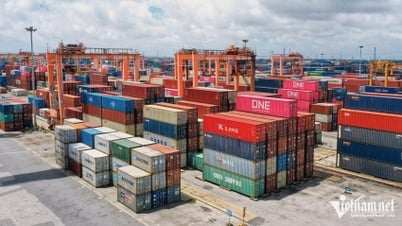
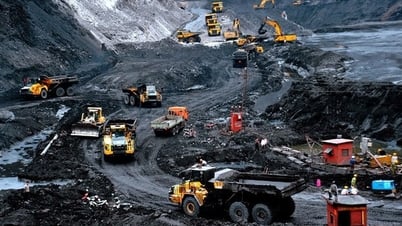


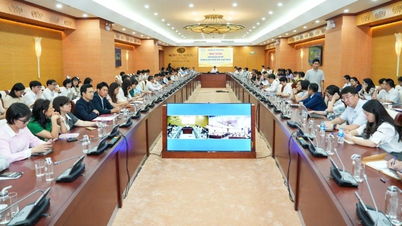



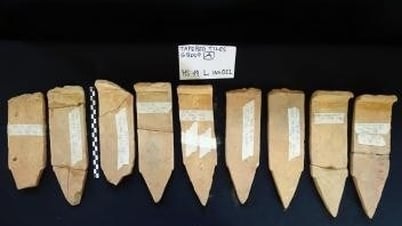
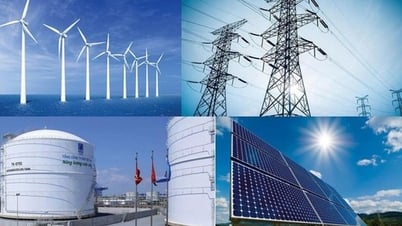






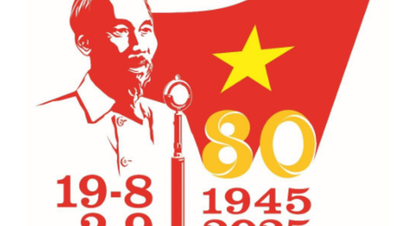






















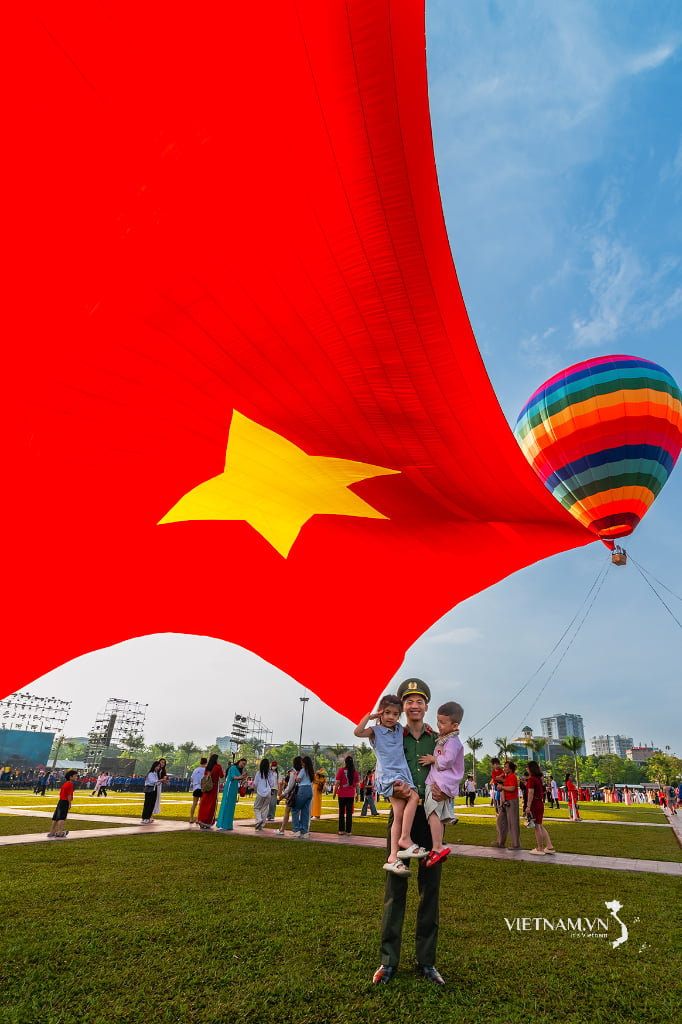
Comment (0)